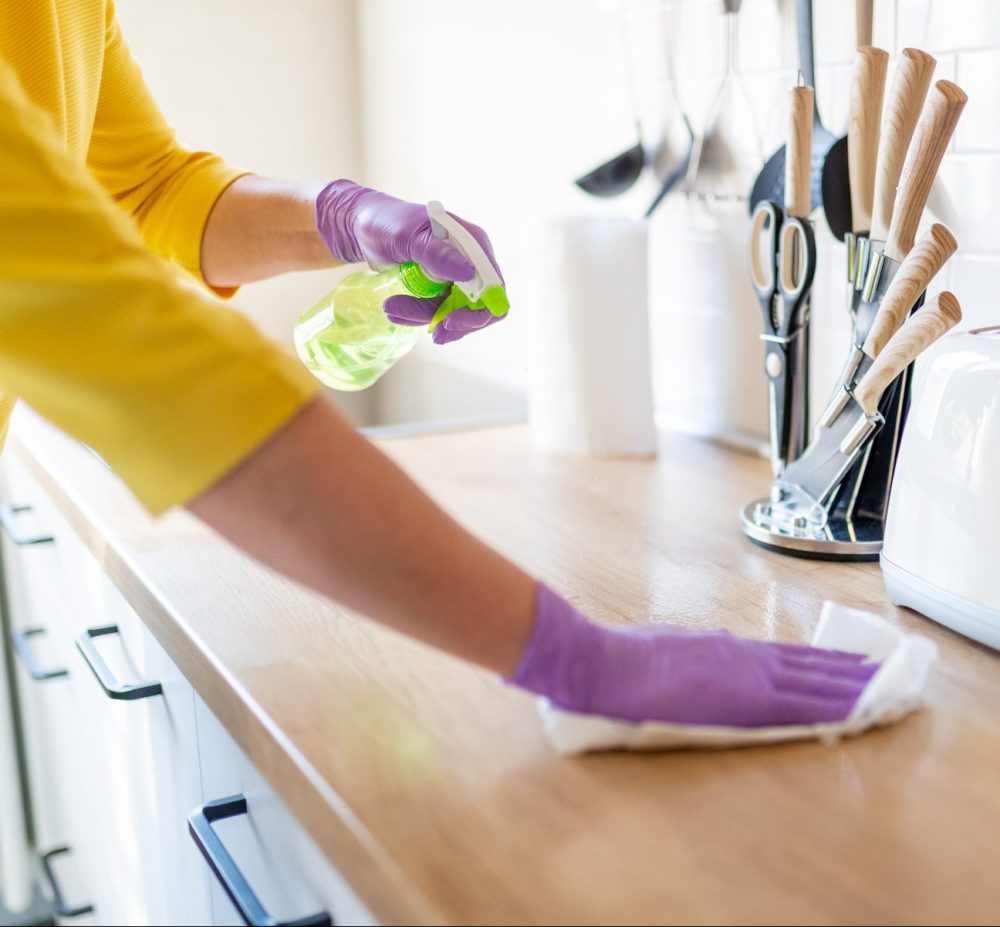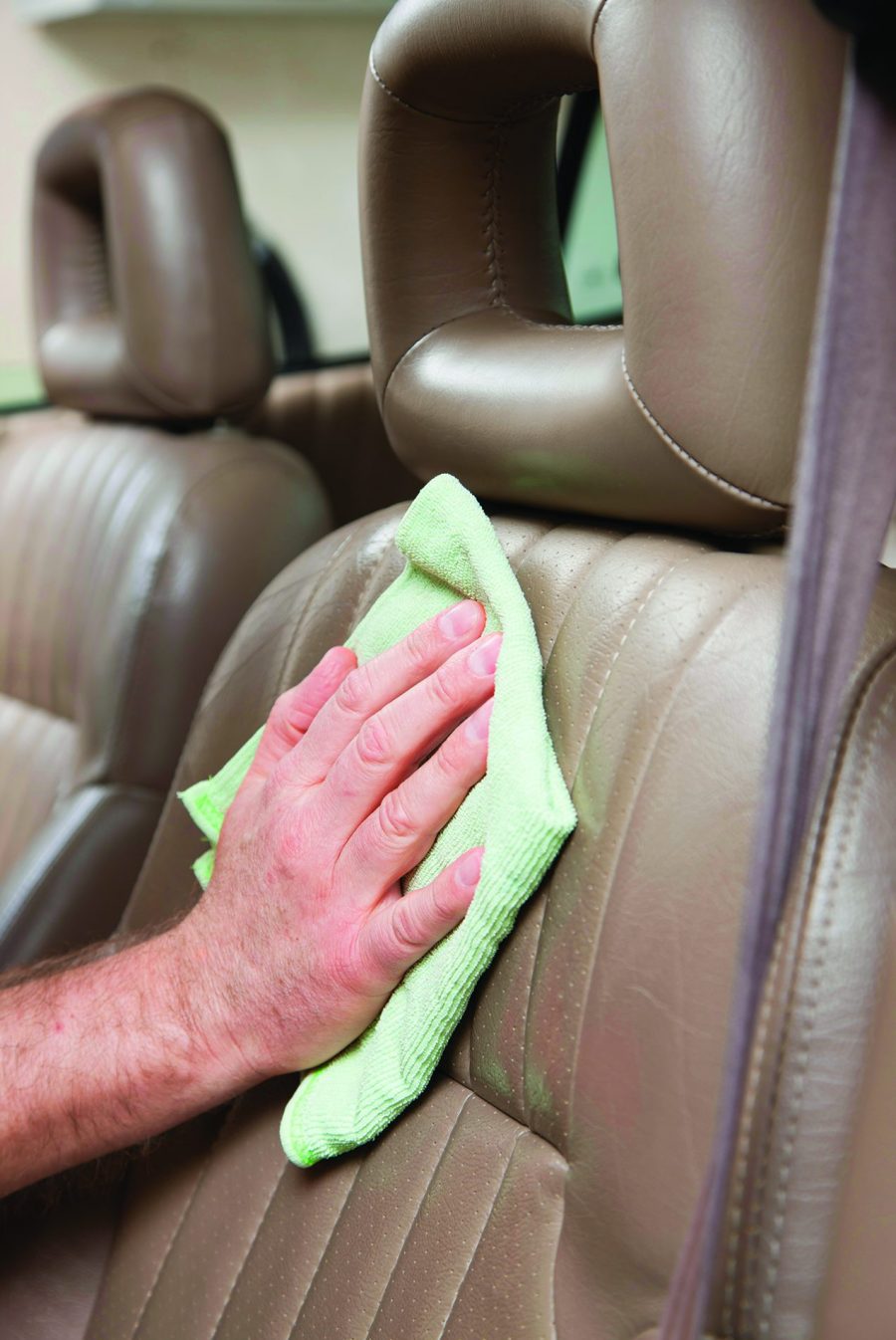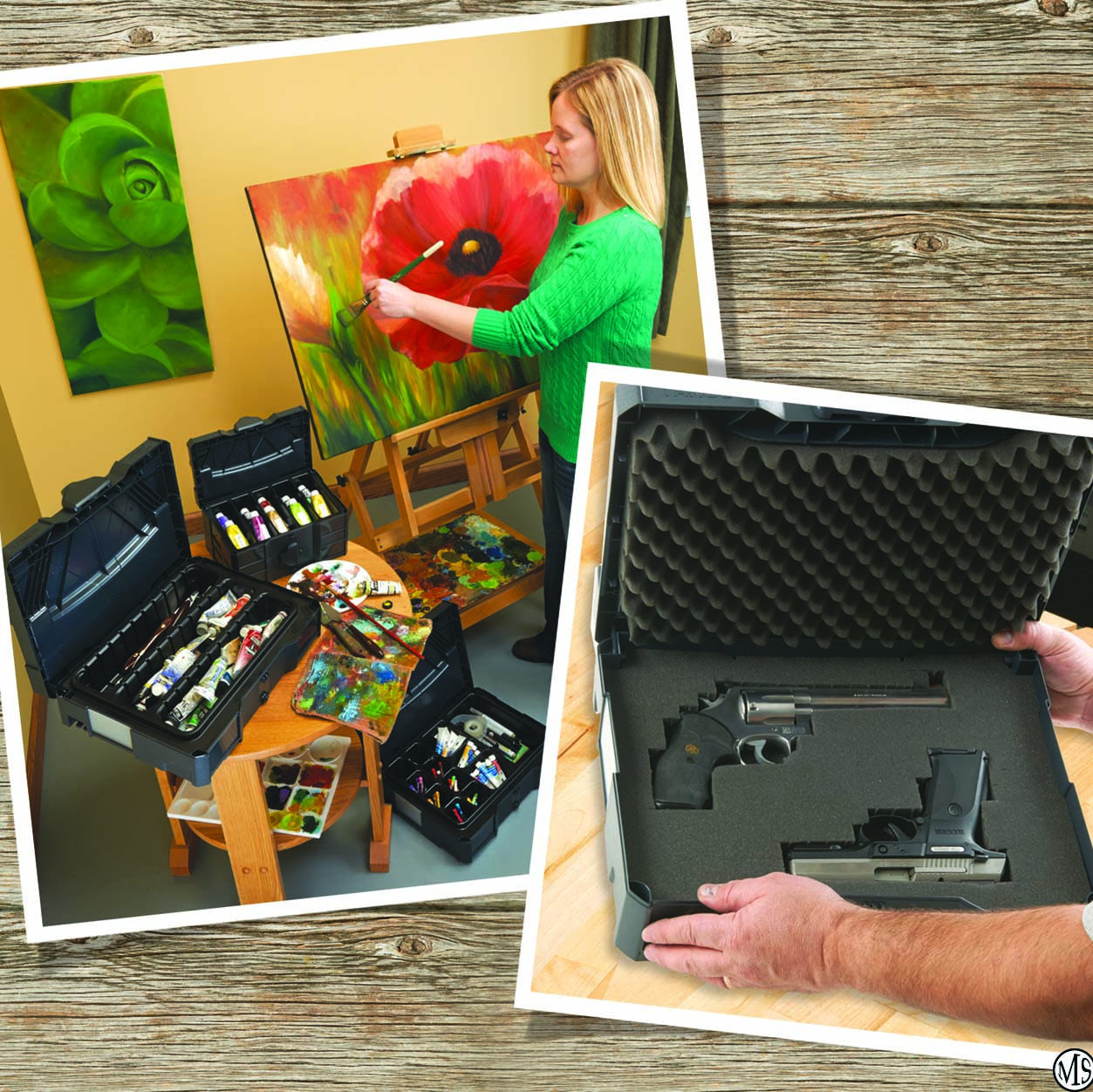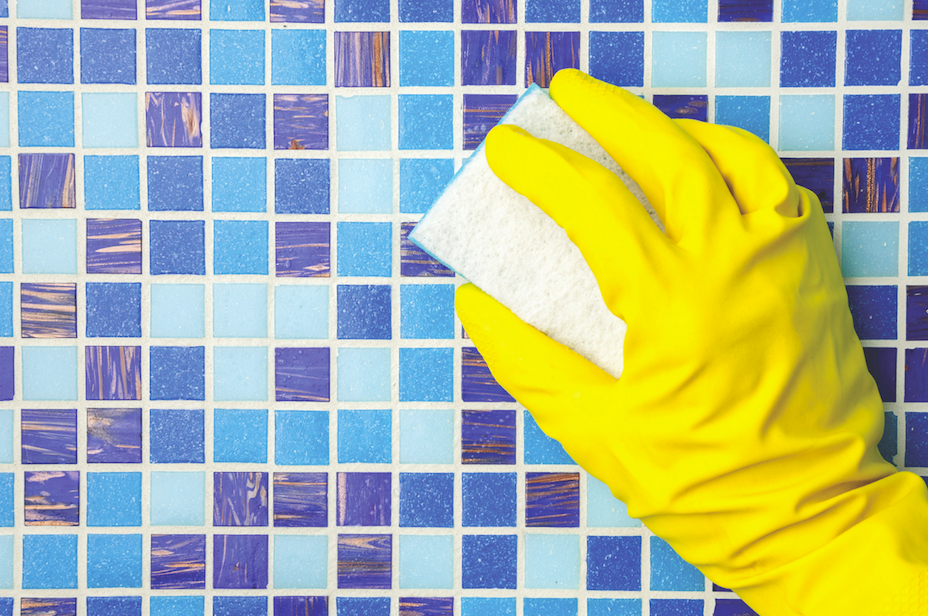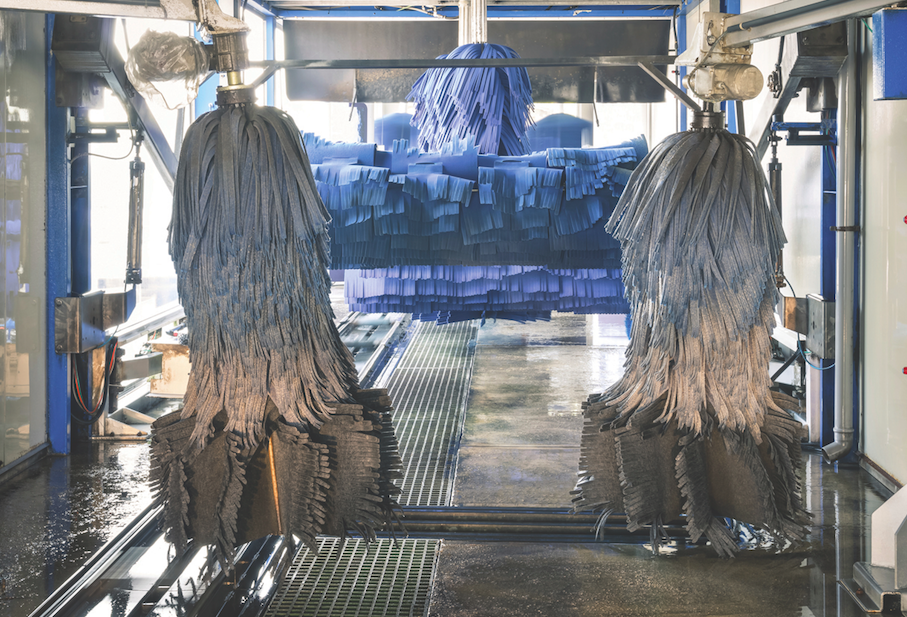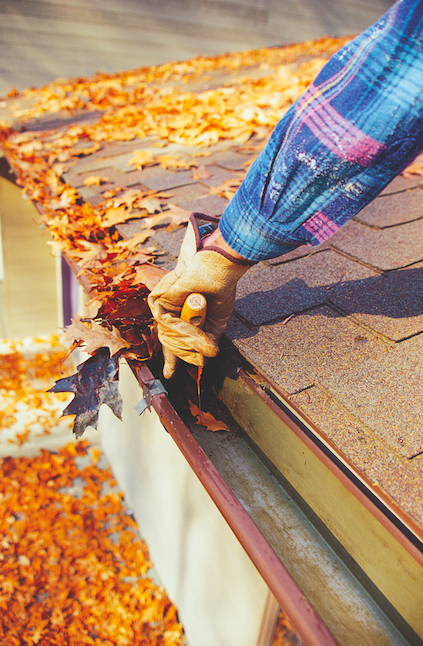Bringing order to a daily routine often requires creative solutions. Let Woodcraft lend some assistance with handy products for storage and transport that make organizing shops, kitchens, bathrooms, craft rooms, and even job sites that much simpler.
Versatile Storage and Transport
“One of the most versatile storage products in the Woodcraft line is the Tanos systainer® family of containers,” said Woodcraft product manager Jessica Douglas. “The basic unit, the systainer T-LOC, comes in five sizes and eight colors and is stackable and lockable, with easy access to even the middle container through the T-LOC mechanism. Add the Caster SYS-Cart, and you can easily transport your stored tools and materials whenever necessary without the need to pack.”
Other systainer® options include the SYS-Combi II and III units that offer the open storage space of SYS-II and SYS-III systainers on top and a handy small parts storage drawer on the bottom. The pullout drawer provides divided storage compartments for small parts. For more customizable storage, the Tanos T-LOC SYS-Sort IV/3 systainer has three levels of parts and tool storage, and each drawer opens within the stack for easy access. Drawers can be customized with bins or the optional drawer accessory pack (both sold separately) to fit your needs exactly. Like other systainers, the SYS-Combi II and III and T-LOC SYS-Sort IV/3 can be connected by the T-LOC to other systainers, Tool-Box, Storage-Box and systainer® Classic Line to make the ultimate storage system.
Racks & Shelves
Keep long material — lumber, PVC/copper pipe, molding, millwork and similar items — handy but out of the way with the Lumber Rack Storage System. System includes all the uprights (24″ and 55″) and brackets (10″, 14″ and 18″) needed to efficiently store a variety of 8′ lengths of material. The 18″ bracket will support a 300-lb. load at the tip. Shorter brackets will support even more weight. Add a board and use the system for general storage. Another option for expanding storage space is to build shelves for all the “empty” spaces along walls or in corners with Baltic Birch Plywood. This finished plywood comes in 3⁄4″ x 12″ x 60″ pieces and features a clear durable topcoat on both sides that resists scratches and chips, making it perfect for building custom shelving in rooms, closets, garages and shops.
Customize your lumber, pipe and accessory storage with six shelf brackets included with the WoodRiver HD Shelf System. Moving them in 6″ increments on the upright supports accommodates a wide range of long materials. Add a flat board to store boxes, bins, cans of finish and more.
Other ready-made racks include the Akro-Mils 24″ Tool Storage Rack that holds up to 96 tools, and Monkey Bars Racks that are available for just about everything, from garden tools to coats to bikes to camping gear.
Other Handy Storage Options
• Heavy-Duty Casters mobilize shop machines and even furniture for easy storage and use. Castors have easy rolling, non-marring polyurethane wheels that will not “flat spot” from remaining stationary.
• A Grip Magnetic Bit Holder will keep 36 driver bits, 1⁄4″-shank router bits or CNC bits organized.
• The WoodRiver Blade Keep 10″ Red Silicone Saw Blade Cover protects saw blades.
• Wrap N Strap Adjustable Straps for Cords and Cables come in 5-Piece Sets. The adjustable cord organizer consists of a rubber strap (available in 6″, 7″ and 9″ sizes) and a plastic fastener for attachment. Straps will corral power and extension cords of all sizes, organize computer cables and bundle and carry everything from quarter round to water pipe, including dust collection hose.
• The Rotating Bur & Tool Holder, set on a lazy Susan mechanism, will keep all your small tools, burs and drill bits within easy reach.
• Woodcraft’s 30-Pocket Tool Roll and 21-Pocket Tool Bag provide portable storage and transport to keep tools or other similar items safe.
• Pick & Pluck 10mm Rigid and 25mm Smooth Foam, closed cell foam specially designed for Systainer® T-LOC 1-5 (I, II, III, IV & V), fits snugly into the base of the systainer. Each unit features a grid of perforated cubes, 15mm x 15mm, so you can customize the inside shape of just about anything you wish to store or transport.
• FastCap Kaizen Foam peels away in layers, creating a perfect fit for all your tools in drawers and on walls. The inexpensive, high performance, super tough foam is easy to peel in 1⁄8″ layered sections. Great for shop, home, office, vertical applications and toolboxes. To learn more about these and other products, visit your local Woodcraft store, call (800) 535-4482 or visit www.woodcraft.com. TF177188


